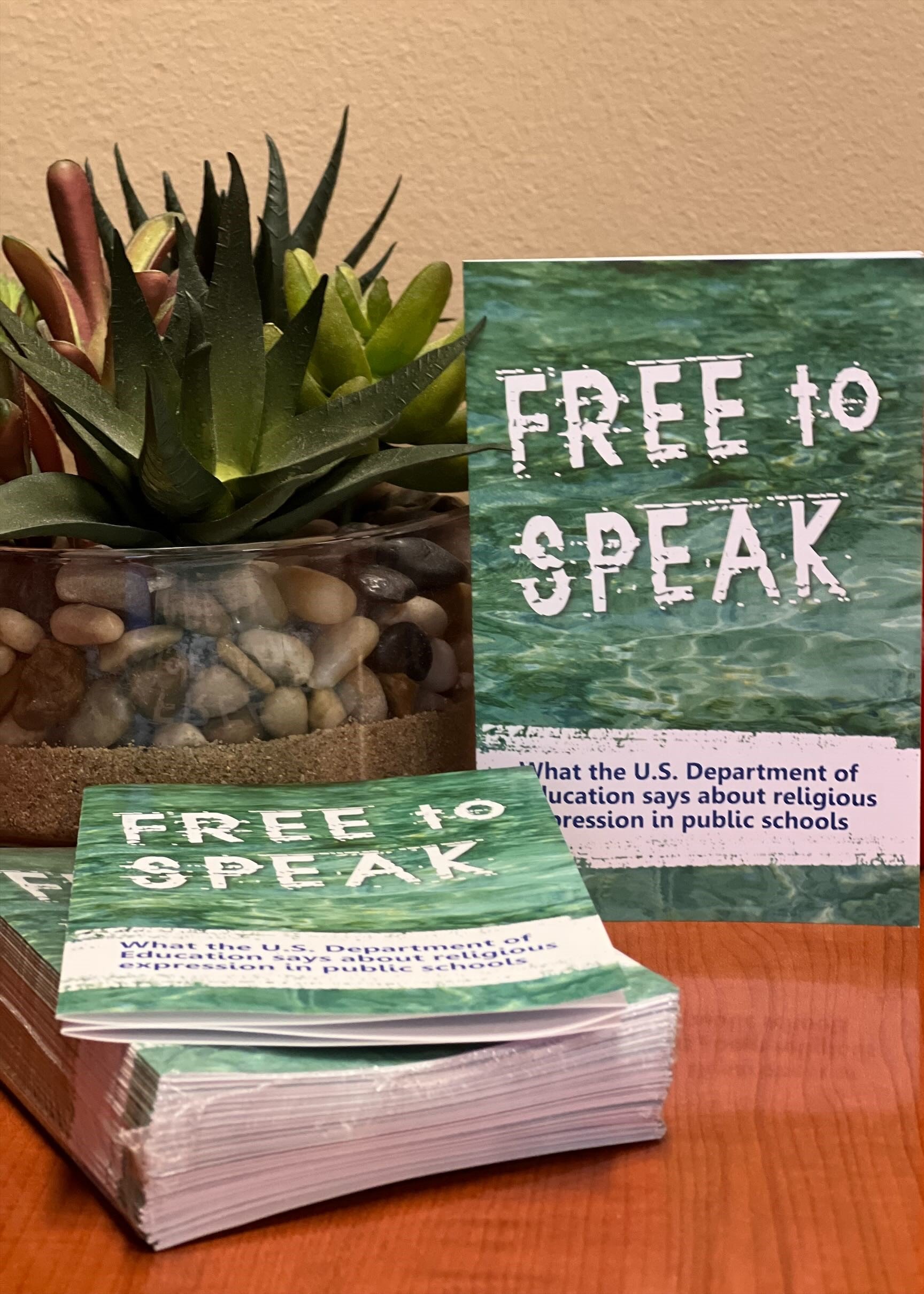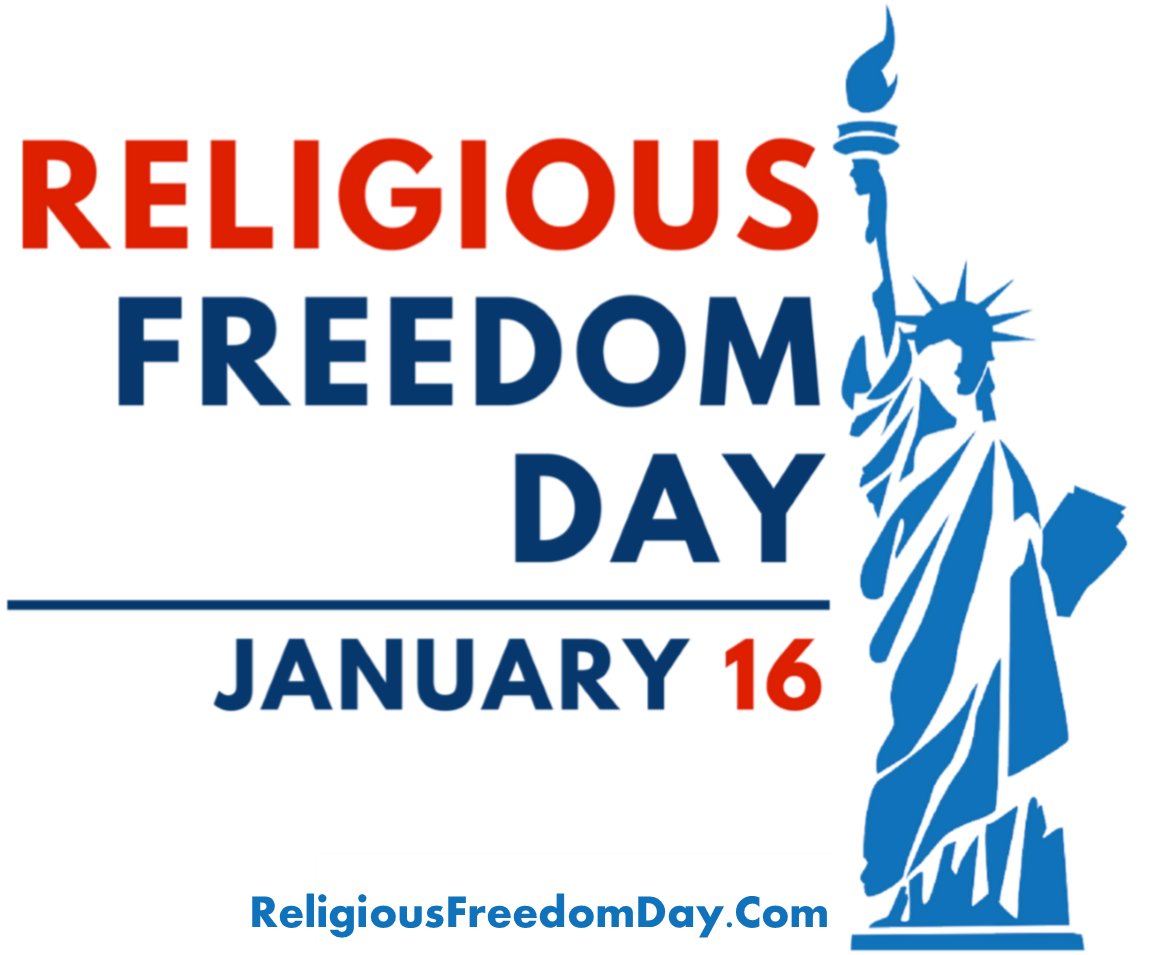By Suzanne T. Eller
Brooke Marshall approached her parents with this question: "Why doesn't the Bible count for points in the Accelerated Reading Program? It's a book, isn't it?"
For several years, Brooke had been participating in the Accelerated Reading Program (ARP), a voluntary program where students select literature based on their interests and reading level, at Ft. Gibson Intermediate Elementary in Ft. Gibson, Oklahoma. But she had recently discovered that the Bible was not among the choices in the program, and she wanted to know why. Though Brooke's parents were Christians and educators, they didn't have an answer.
What is the ARP?
In order to understand Brooke's request, you need to understand what the ARP is. It works something like this.
If a school is involved in the program, a student can select a book from over 25,000 of the ARP's pre-screened titles. The only guideline is that the student's choice must be independent of her basic reading instruction.
Once the student finishes her book, she takes a multiple-choice comprehension test, from a computer program provided by the ARP. The program then awards "points" based on the book's length, reading level, and the number of correct test answers. The higher the book's reading level, the more points it is worth. For example, Cat in the Hat has a 3.0 reading level with a 5-point value, while a more challenging book like The Secret Garden has a 7.5 level and is worth 14 points. The program then keeps a running record of the student's total points earned.
According to ARP literature, the program has four goals: 1) Help kids get excited about books by allowing them to read what interests them; 2) provide teachers with reliable, objective reading level information; 3) make classroom management easier; and 4) help keep each student challenged.
Ft. Gibson Intermediate, like many schools, created a reward system for the ARP program, including an "ARP store" where individual students could "spend" their points on prizes ranging from suckers to boom boxes, and pizza parties for classes who read the most books.
Brooke eventually accumulated more points than she could even spend. But she kept reading. For Brooke, the mission of the program had been fulfilled -- she had developed a love for reading.
But even 25,000 titles can have their limits. After exhausting all of the books at her own grade level, Brooke began reading books at higher grade levels. And that's when the trouble began.
Why Not the Bible?
Leslie, Brooke's mom, remembers the first time she saw a problem. Brooke had brought home a ninth-grade level book. But, very uncharacteristically, Brooke returned the book to the library unfinished and refused to take the comprehension test. When Leslie questioned Brooke about the incident, Brooke replied, "There were things in there I didn't want to read," and left it at that.
Leslie began to check the books her daughter brought home. She found that many were wholesome, but others contained very inappropriate material. "Some had sexual scenes or cursing. One series, Goosebumps, contained whole story lines about voodoo or psychics," Leslie says. "That's when we began to think about her question."
At the next parent-teacher conference, Brooke's parents asked about the possibility of including the Bible in the ARP. They learned that although the ARP's list did not include the Bible, the school did have ARP software that was designed to accept additional books. However, the Bible had 66 separate books -- each of which would need multiple tests. It was just too big a task.
Not Taking "No"
A year passed and Brooke continued to excel in the ARP, but the field of appropriate literature was continuing to narrow. In order to continue to earn points, she would have to read books she had previously rejected because of inappropriate content, or settle for reading lower-level books that earned as little as .05 points.
One day at lunch, Brooke discussed the problem with her friend, Emily Cook, who had been facing similar circumstances. The discussion turned into an informal survey among their peers and the results were surprising: Many students said they, too, would like to read the Bible for points.
The two girls decided to try again. They approached Ft. Gibson fifth-grade teacher, Teresa Minor, who was the sponsor of the school's Christian club, Kidz-4-Christ (www.kidz4christ.com), and an avid supporter of the ARP. The girls' compelling presentation intrigued Teresa.
"I was so excited!" Teresa said. "The idea had never crossed my mind. I told the girls I would do whatever was possible to help them achieve their goal."
Teresa's first stop was the principal. Was adding the Bible even an option? The principal, in turn, called the school attorney. The attorney assured them that adding the Bible to the program was perfectly legal because the ARP was voluntary, teachers did not teach from ARP books, and the Bible was a choice among many books in the library.
With the legal hurdles cleared, the next order of business was to create the comprehension tests and buy the books for the library.
Teresa asked several teachers and two local writers to create tests at no cost, and they quickly agreed. The writers based the tests on comprehension and were careful to avoid questions based on theory or theology. For example, a test question from the book of Matthew might read: The baby was born in the manger because there was no room in the: 1) hay stack; 2) inn; 3) temple. The writers created five different sets of questions for short books such as Ephesians, and ten sets for longer books such as John.
Within a short time, the tests for the New Testament were completed, put on disk and adopted into the reading program, with plans to add the Old Testament the next school year.
Now, for the Bibles. The library needed at least 10 NIV New Adventure Study Bibles for Kids to start the program. Teresa turned to her Sunday school class at First Assembly in Muskogee. She explained the dilemma -- and walked out that morning with funds for all 10 Bibles.
The ball continued to roll when Larry Norman received the news from his son, Quade, that students were now allowed to read the Bible in the ARP program at school. Larry was skeptical at first, but Quade assured him that it was true and requested his dad buy him his own personal NIV Adventure Bible.
Larry approached Teresa at a baseball game and asked her what he could do to help. Her answer was "Sure -- more Bibles." So Larry went to the men at his church, Ft. Gibson Free Will Baptist, and presented the need. The men quickly gave him all the necessary funds -- over $300. The news spread, and Larry's in-laws and some friends also bought Bibles for the program.
"I'm a highway patrolman," Larry says. "I see the extremes. I'm excited because I feel like this gives the children a choice that we allowed to be taken away."
Thanks to Larry's efforts, the library now had a whopping 48 Bibles in its collection.
Flying Off the Shelves
The Bible was an immediate hit with the children. In fact, four dozen were not enough and children began to buy their own. Jolene Kirkes, the librarian at Ft. Gibson, has seen the popularity of the program firsthand. "All 48 books are usually checked out. If a Bible comes in, it doesn't even make it to the shelf because there are children who want to check it out immediately."
Teresa is amazed to see the desire students have to read the Bible. "It's not unusual to see Bibles at recess or in the cafeteria," she says. "Also, because children bring the Bible home, they discuss it with their parents. This involves parents in a very positive way."
With the rash of lawsuits challenging everything from graduation prayer to Bible clubs, it might be natural to assume that the Bible's entrance into the ARP caused waves. But Teresa reports that the only concerns raised had to do with how many points were awarded to certain books. The librarian simply re-reviewed the books in question and adjusted their point level.
For more information about ARP, visit http://www.renlearn.com/default.aspx.









